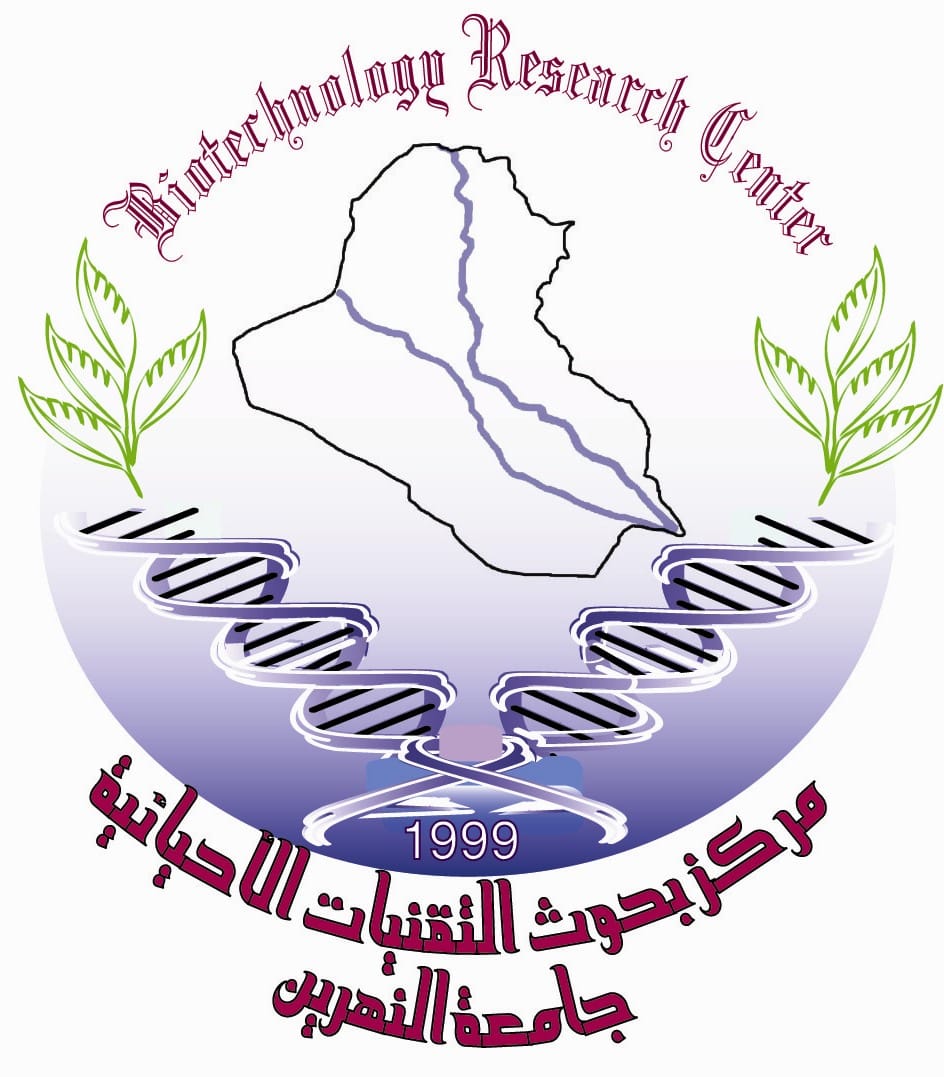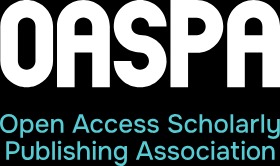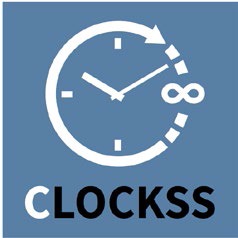The Oncolytic Effect of an Iraqi Newcastle Disease Virus Attenuated Strain (AMHA1) Against Colorectal Cancer Cells.
DOI:
https://doi.org/10.24126/jobrc.2023.17.2.658Keywords:
oncolytic virotherapy, Newcastle Disease Virus, colorectal cancer cell line.Abstract
Objective: The most recent World Health Organization statistics show that colorectal cancer is the third foremost cause of death by cancer among Iraqis. It has become necessary to search and develop novel and unconventional treatment methods. Oncolytic virotherapy is one of the innovative cancer therapeutics that showed to be safe and selective and there is increased efforts in the recent years to move them to clinic. For the reason we were developing our Iraqi strain of oncolytic NDV to fight colorectal cancer. Materials and Methods: This study tested the killing rate of Iraqi strain of Newcastle disease virus (AMHA1) on colorectal cancer cells and testing the safety on normal cells. The virus tittered using vero cells, and then the cytotoxic effect of the virus on both types of cells was determined using the crystal violet assay. Finally, we performed a morphological analysis using hematoxylin and eosin staining. Results: Newcastle disease virus 0.3 MOI causes significant cytotoxicity with prominent cytopathic effect in the colorectal cancer cell line HRT-18G with 50% percentage of growth inhibition, but not in the normal human fibroblast (NHF) percentage of growth inhibition where it was less than 20%. Conclusion oncolytic NDV AMHA1 strain effective against colorectal cancer cells because it has selectivity in replication and safety profile.
Downloads
Published
How to Cite
Issue
Section
License
Copyright (c) 2023 Farah essa, Ahmed Al-Shammari, Ali Al-Saffar, Marwa Salman

This work is licensed under a Creative Commons Attribution 4.0 International License.
This is an Open Access article distributed under the terms of the creative commons Attribution (CC BY) 4.0 license which permits unrestricted use, distribution, and reproduction in any medium or format, and to alter, transform, or build upon the material, including for commercial use, providing the original author is credited.










